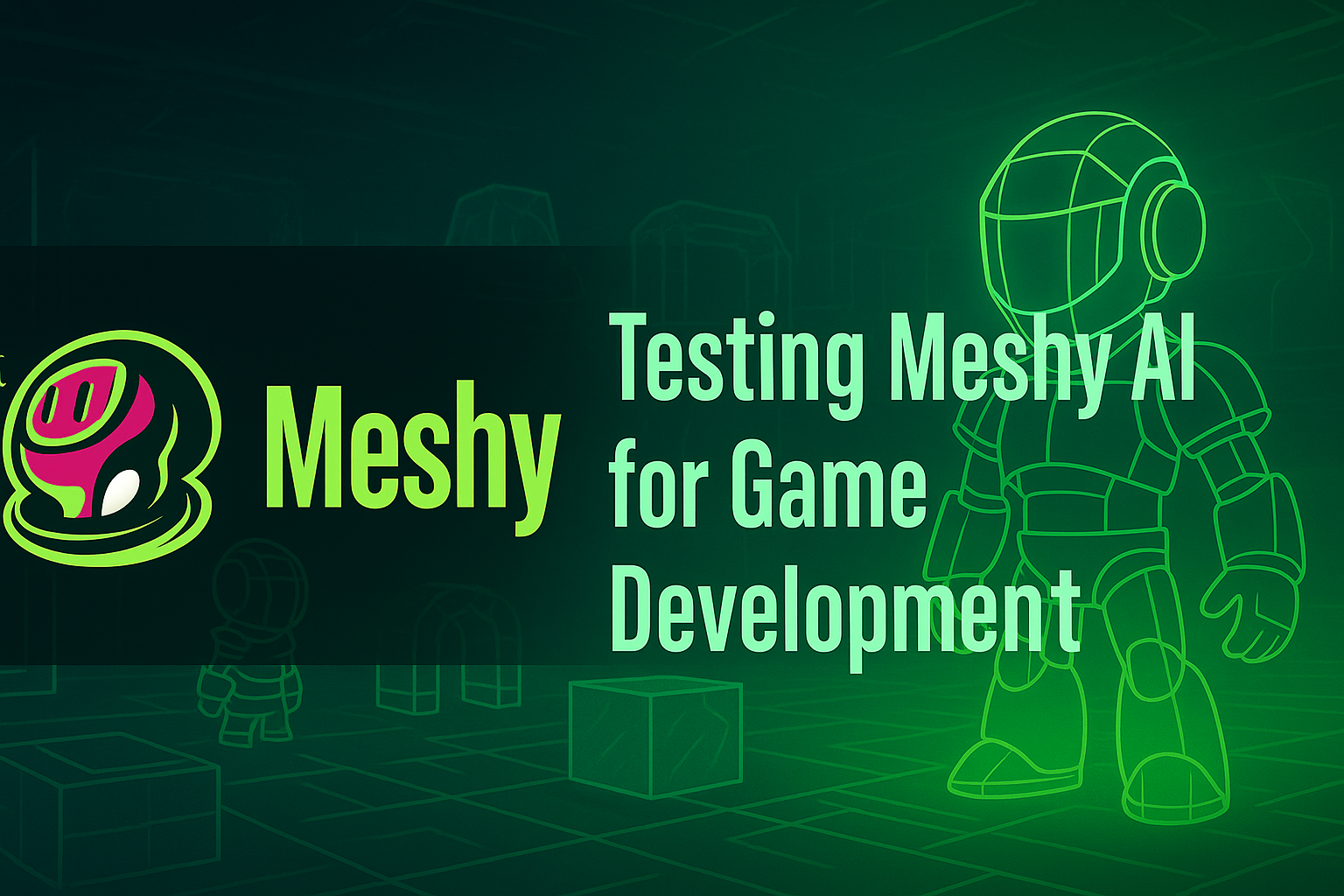
<br>
I recently discovered **Meshy AI**, and these are some of my first tests to see if I can integrate it into my workflow.
Besides programming, I’ve always enjoyed being involved in the modeling and visual side of game development, so tools like this really caught my attention.
>Desde hace poco descubrí Meshy AI y estas son mis primeras pruebas para ver si puedo integrarla a mi workflow de trabajo.
Me interesa porque, además de programar, siempre me gustó formar parte también del proceso de modelado 3D y diseño visual en los proyectos que desarrollo.
## <center>Step 1: Sketch + reference image</center>
It all started with a quick hand-drawn sketch to capture the basic idea of the asset I wanted to create. I also grabbed a reference image from Google to define the visual style I was aiming for. Something simple, but with a clear base.
>Paso 1: Boceto + imagen de referencia
Todo comenzó con un boceto rápido que dibujé para capturar la idea general del asset, acompañado por una imagen de Google que usé como referencia de estilo. Quería algo simple, pero con una base visual clara para trabajar sobre eso.
<center>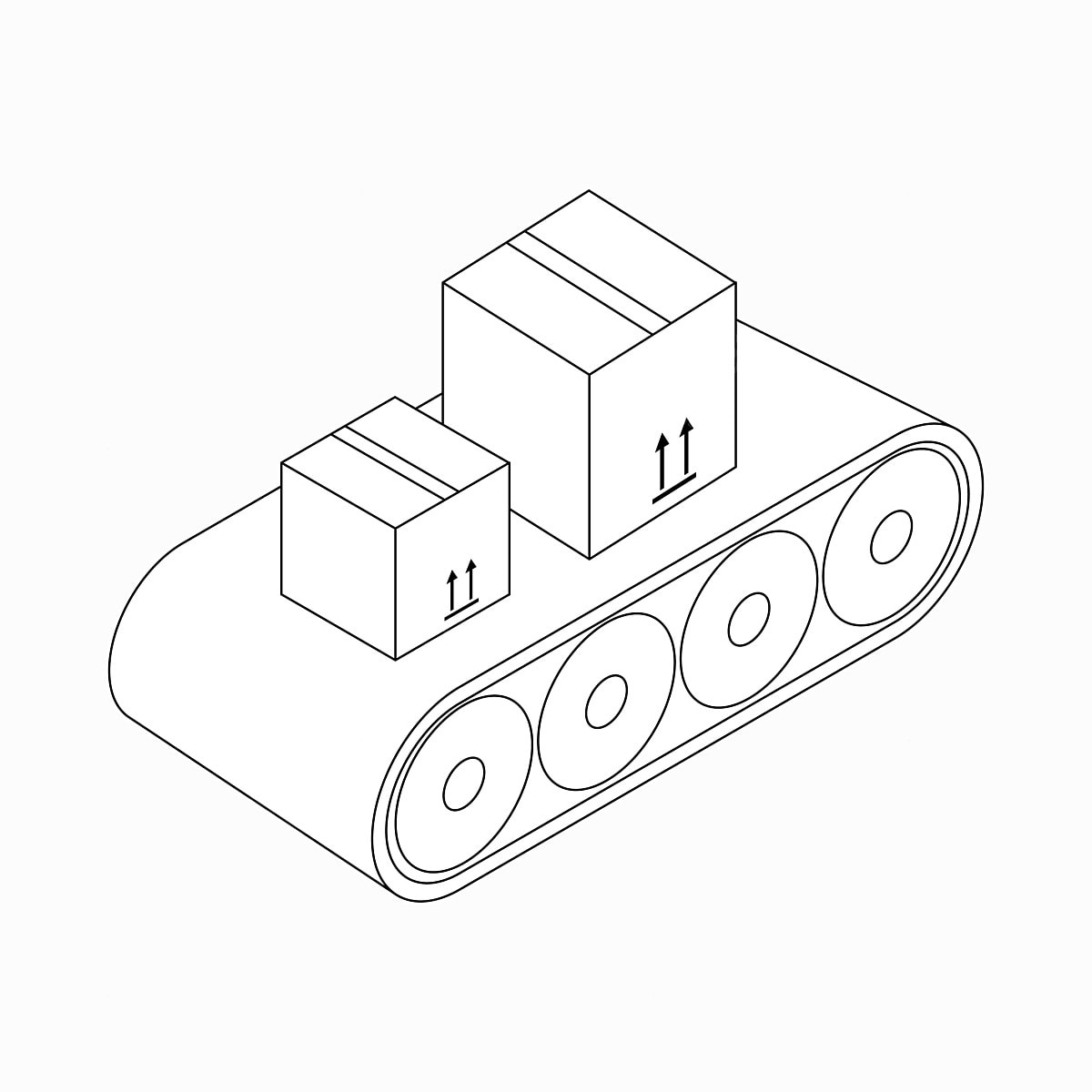
[Image from Google]</center>
<center>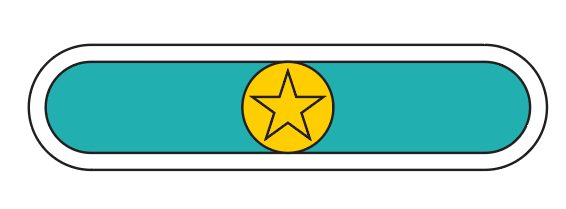
[Reference draw created on Illustator]</center>
## <center>Step 2: Image generated with ChatGPT</center>
Instead of writing a detailed description, I used ChatGPT with image generation capabilities.
I fed it the sketch and the reference, and it returned a concept-style image that represented the kind of 3D object I was aiming to create. That image became the base for Meshy.
>Paso 2: Imagen generada con ChatGPT
En lugar de redactar una descripción, usé ChatGPT con capacidades de generación de imágenes. Le pasé el boceto y la imagen de referencia, y me devolvió una imagen concept art que representaba el objeto 3D que quería lograr.
Esta imagen fue clave para usarla como input en Meshy.
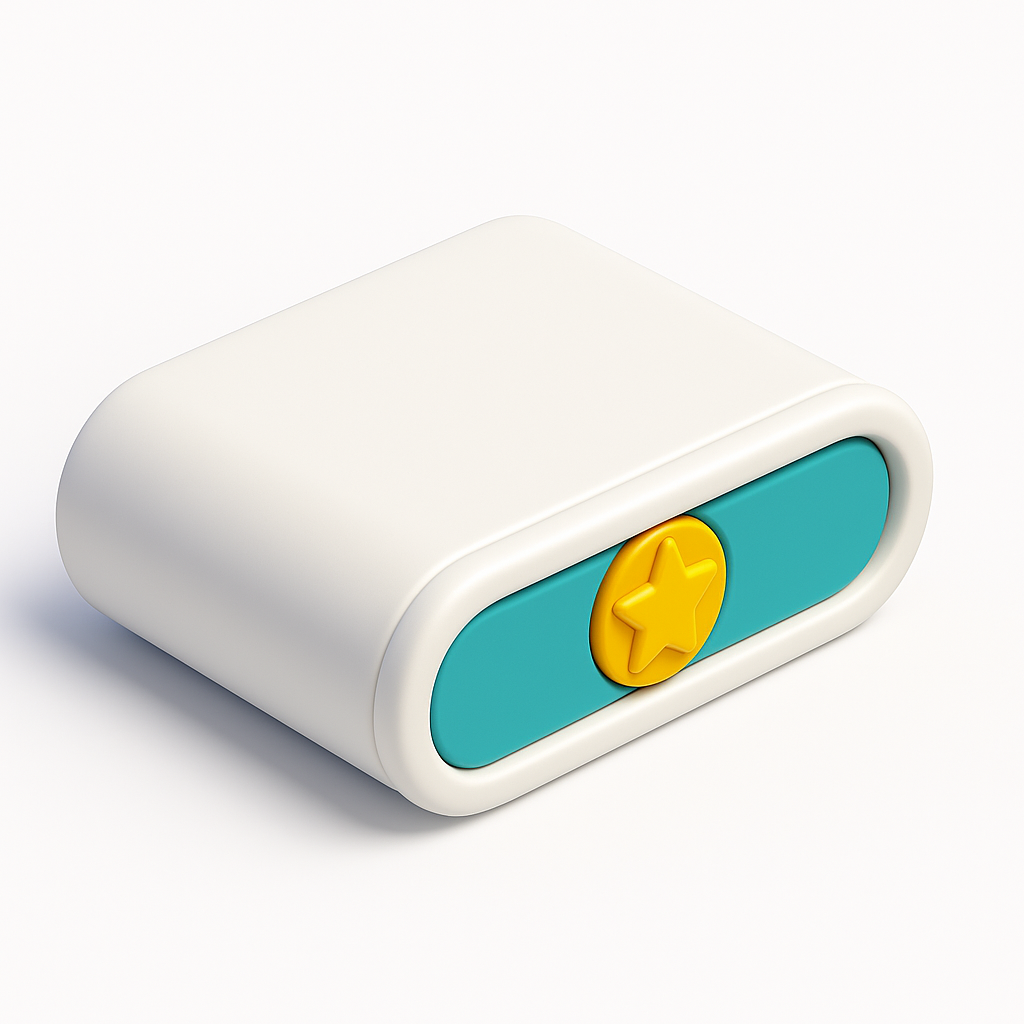
## <center>Step 3: Generating the model in Meshy AI</center>
I uploaded the image to Meshy to generate a 3D model. The results were mixed: in some cases, the geometry came out broken or lacked key details; in others, the model was much more usable.
From what I’ve seen so far, Meshy seems better at generating characters than detailed props, at least in its current version.
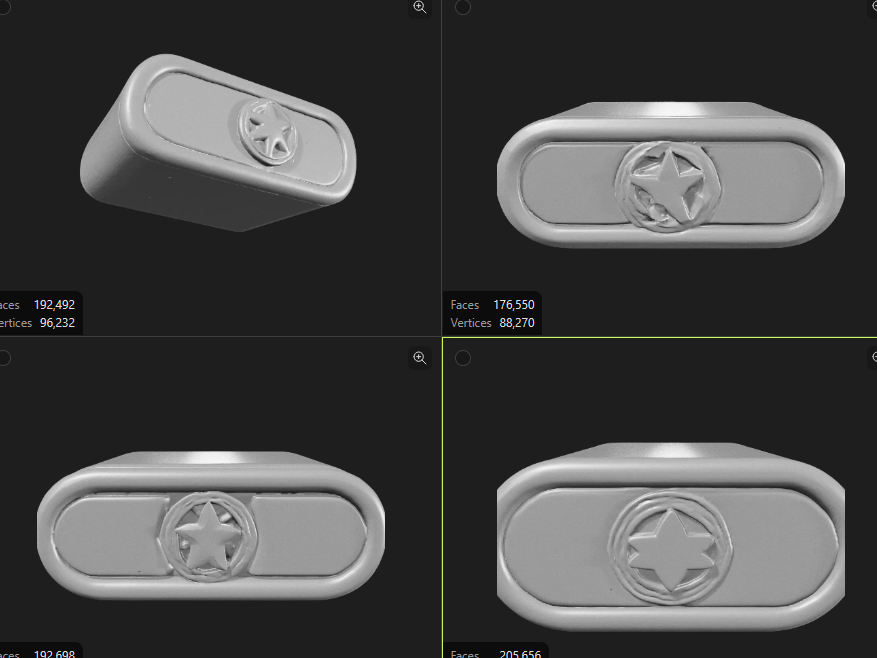
I decided to use the one on the bottom left and ask meshy to generate the texture that is was exactly as my reference

Sometimes the texture its generated with some broken details but if you paid meshy you have a tool to fix it!
>Paso 3: Generación del modelo en Meshy AI
Con esa imagen, la cargué en Meshy para generar el modelo 3D. Los resultados fueron mixtos: en algunos casos, la geometría no se generó del todo bien o se perdió parte del detalle. En otros, el modelo fue mucho más usable.
Por lo que vengo viendo, Meshy funciona mejor con personajes que con props detallados, al menos en esta etapa de desarrollo.
Decidi usar el de la esquina inferior izquierda y le pedi a Meshy que me genere las texturas.
## <center>Step 4: Integration into Unity</center>
After selecting the most stable model, I imported it into Unity and placed it into one of my prototypes.
Since Meshy generates UVs and textures automatically, all I had to do was adjust a few materials and position it in the scene.
>Paso 4: Integración en Unity
Después de elegir el modelo más estable, lo importé a Unity y lo integré dentro de uno de mis prototipos.
El modelo venía con UVs y texturas, así que solo fue cuestión de ajustar algunos materiales y ubicarlo dentro del entorno de prueba.
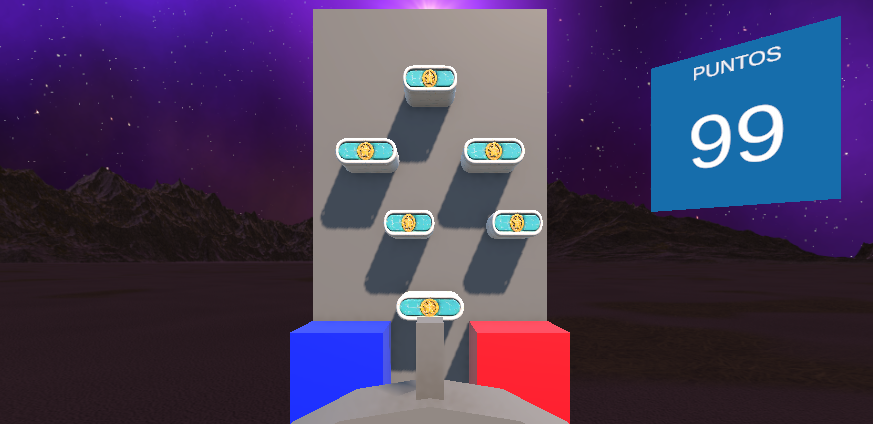
## <center>Personal Reflection</center>
I’m genuinely excited about tools like this. They allow me to test ideas faster and reduce development time, which is key when working solo or with small teams.
It doesn’t fully replace handcrafted 3D art, but it opens up new possibilities for developers who want to iterate quickly or validate ideas with functional, decent-quality assets.
> Reflexión Personal
Estos avances me entusiasman mucho. Me permiten probar ideas más rápido y reducir el tiempo de desarrollo en etapas tempranas, algo clave cuando uno trabaja solo o en equipos chicos.
No reemplaza al arte 3D hecho a mano en todos los casos, pero sí abre nuevas posibilidades para desarrolladores que quieren iterar más rápido o simplemente testear ideas con assets funcionales y decentes.
Planeo seguir probando Meshy, ver hasta dónde puedo llevarla, y compartir más actualizaciones a medida que exploro el software.
## <center>❓What about you?</center>
Have you tried Meshy or other AI tools for generating 3D assets?
Do you see them as helpful additions to your workflow, or do you prefer sticking to traditional methods?
I’d love to hear what others in the dev community think and how you’re (or aren’t) using these tools in your process.
I’ll keep exploring Meshy and plan to share more updates as I dig deeper into what the tool can offer.
>¿Y vos?
¿Probaste Meshy o alguna otra herramienta de IA para generar assets 3D?
¿Creés que pueden ser útiles para acelerar etapas del desarrollo o preferís seguir con procesos más artesanales?
Me interesa leer qué piensa la comunidad sobre estas nuevas herramientas y cómo las están empezando a integrar en sus proyectos.
 hiveblocks
hiveblocks